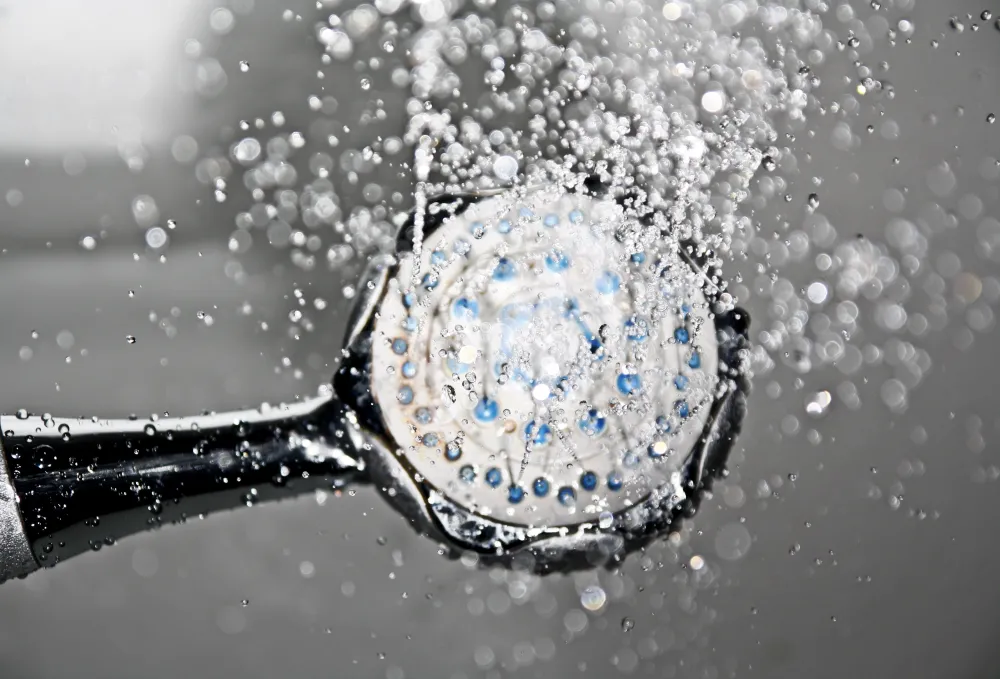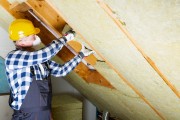Last week, Alberta’s newest crown agency, Energy Efficiency Alberta, launched its first program. Now, you can sign up to schedule an appointment with an installer to replace old fixtures in your home with energy-efficient ones like LED light bulbs, LED nightlights, faucet aerators, low-flow showerheads, advanced power strips for audio-visual equipment and smart thermostats. It doesn’t matter if you rent or own your home. All Alberta households are eligible and it’s free.
Clean growth is where the world is going and the government’s decision to lead Alberta to an energy efficient province is reflected in this first program. It’s a well-tested and proven concept in other jurisdictions and it addresses a common behavioural barrier: individuals prefer standard light bulbs over LED lighting because of the upfront costs, even though it’s common knowledge that LED lights and other efficient products are cheaper in the long run, considering the lifespan and electricity savings. It will also likely persuade people to adopt new technologies, such as LED lighting, that have come a long way from the low quality prototypes many still think of when energy efficient technology comes to mind.
Programs like this can also stimulate the local economy; all of the products will come from Canadian companies (like ecofitt and ecobee), and will be installed by Alberta-based technicians working for ecofitt (who appear to be hiring, by the way). Additionally, energy efficiency programs can have enormous impact on the electricity system in general. In our joint article in last month’s Maclean’s, we explained how even simple actions like changing light bulbs can reduce demand on the grid, reduce demand for new energy infrastructure investments and therefore further lower the cost of electricity.
But beyond this, we need to realize the full potential of energy efficiency in Alberta by recognizing energy efficiency as a resource. We should integrate it into the utility system, as has been done in almost every other U.S. and Canadian jurisdiction. That means taking energy efficiency into consideration as an alternative practice when investment decisions are made on transmission and distribution infrastructure, or to meet the need for electricity production capacity. Doing so will reduce consumer costs by reducing the need for unnecessary production and infrastructure investment (read more on this here).
This program is just the first in a series of initiatives that will bring energy efficiency to Alberta to help Albertans keep money in their pockets, support the local economy and decrease the need for expensive energy infrastructure investment. In times when we’re all trying to spend less, a program that helps us save money with little effort on our part is obviously something to get excited about. Let’s make sure we all get our light bulbs and showerheads. I definitely have a better idea for what to spend my money on than utility bills.








